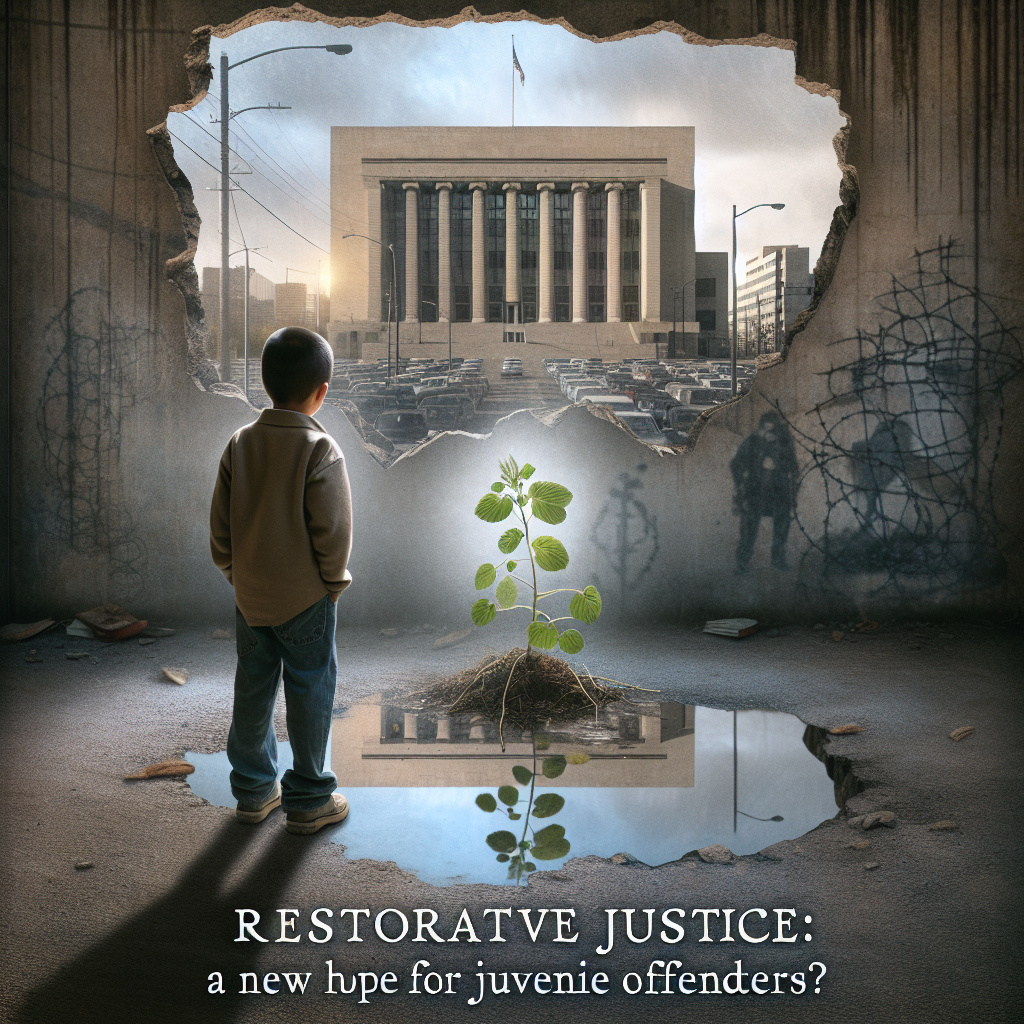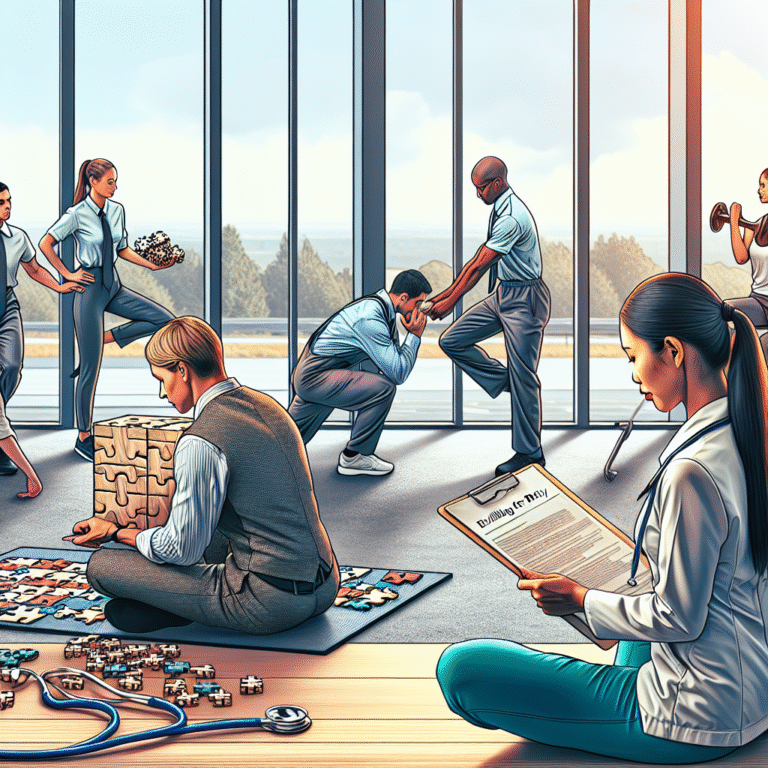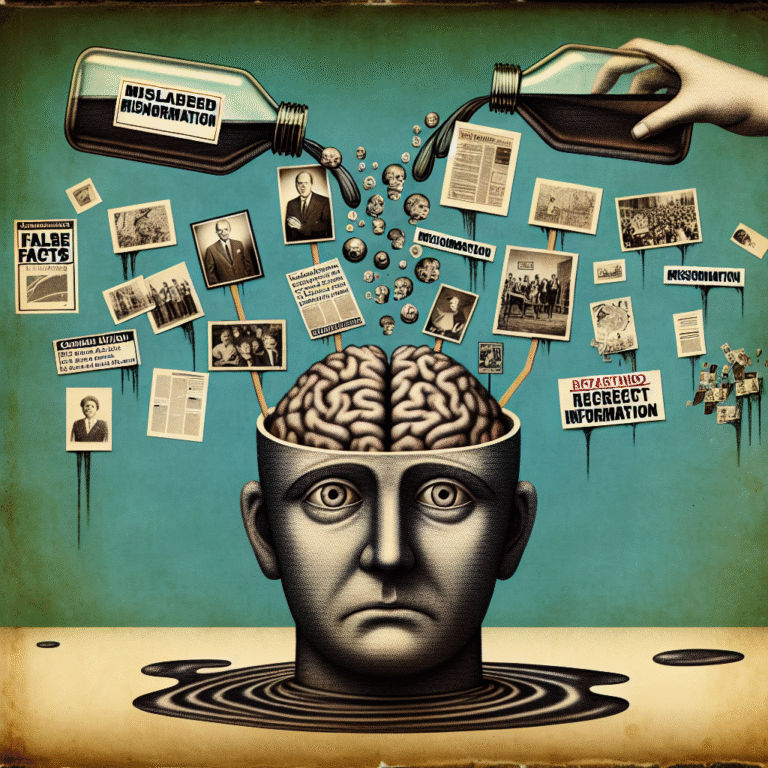
Introduction
In a world where traditional punitive measures often dominate discussions about juvenile crime, there’s an emerging paradigm that offers a more constructive and empathetic approach: Restorative Justice: A New Hope for Juvenile Offenders. As juvenile delinquency rates rise and the traditional justice system faces criticism for its ineffectiveness, this method stands out as a beacon of hope, promising healing, accountability, and community restoration. What if we could shift the focus from punishment to rehabilitation? What if young offenders could be given the opportunity to learn from their mistakes while still being held accountable in a way that promotes growth rather than resentment? This article explores the concept of restorative justice, its applications, the challenges it faces, and why it could be the revolutionary solution for our youth.
Understanding Restorative Justice
What is Restorative Justice?
At its core, restorative justice is a philosophy that emphasizes repairing the harm caused by criminal behavior. It’s a response that seeks to involve the victim, the offender, and the community in dialogue, aiming for healing rather than punishment. This approach contrasts sharply with the conventional punitive system that often leaves all parties feeling disconnected and unresolved.
Key Principles:
- Accountability: Offenders must take responsibility for their actions.
- Reparation: Efforts are made to repair the harm caused, benefitting not just the victim but also the offender.
- Engagement: Open dialogue among victims, offenders, and the community fosters understanding and accountability.
Why Focus on Juvenile Offenders?
Juvenile offenders are at a unique crossroads in life. They are still developing their identities and have greater potential for change than adults. The traditional justice system often exacerbates their issues, pushing them further into a cycle of crime. Restorative Justice: A New Hope for Juvenile Offenders provides an alternative, where mistakes can guide personal growth rather than define their futures.
The Case for Restorative Justice in Juvenile Systems
Evaluating Effectiveness
Research shows that restorative justice can lead to lower recidivism rates among juvenile offenders. Studies indicate that participants in restorative programs often exhibit reduced repeat offenses compared to those processed through the traditional justice system.
Table 1: Recidivism Rates in Traditional vs. Restorative Justice Programs
| Program Type | 1-Year Recidivism Rate | 3-Year Recidivism Rate |
|---|---|---|
| Traditional Justice | 60% | 75% |
| Restorative Justice | 30% | 40% |
Case Study: The Victim-Offender Dialogue Program
In Washington State, the Victim-Offender Dialogue Program illustrates the potent impact of restorative justice. This initiative gives juvenile offenders the chance to meet with their victims. One young offender, who was part of this program after committing robbery, learned about the emotional and financial impact of his crime on his victim. The experience not only fostered remorse but also ignited a desire to contribute positively to society.
Analysis
The success of this program highlights that victim-offender discussions can lead to profound change. Offenders gain insight into the consequences of their actions, while victims often find healing through dialogue, creating a more balanced approach to justice.
Implementation Challenges
Resistance from Traditional Systems
Despite its benefits, implementing Restorative Justice: A New Hope for Juvenile Offenders encounters resistance from traditional law enforcement and judicial systems. Skeptics argue that it could undermine victims’ rights and that not all offenses are suitable for restorative approaches.
Ensuring Inclusivity
Another challenge is ensuring that all victims and offenders can access restorative practices. Community-based programs might not always be available, and marginalized communities especially could face barriers to participation.
Enhancing Restorative Practices
Training for Facilitators
For restorative justice to be effective, trained facilitators are essential. These individuals must be skilled in conflict resolution and trauma-informed approaches to navigate the complex emotions involved in such dialogues.
Community Engagement
Community involvement plays a significant role in the success of restorative justice. Building public awareness and support can foster an environment of acceptance and encourage participation from both victims and offenders.
The Future of Restorative Justice for Juveniles
Legislative Support
For Restorative Justice: A New Hope for Juvenile Offenders to gain traction, supportive legislation is vital. States that create laws recognizing restorative practices as viable alternatives to traditional penalties can change the landscape of juvenile justice.
Research and Data Collection
Ongoing research into the effectiveness of restorative justice programs will provide valuable insights into their long-term impacts. Documenting success stories and data can motivate further implementation across various jurisdictions.
Conclusion
Restorative Justice: A New Hope for Juvenile Offenders signifies a transformative movement in how we approach youth crime. By focusing on healing, accountability, and community, we can reimagine juvenile rehabilitation. The potential for personal growth among young offenders should encourage us to adopt these methods more widely. As societies grapple with the complexities of juvenile crime, embracing restorative practices can yield hope not just for offenders, but for entire communities.
FAQs About Restorative Justice
1. What types of offenses are suitable for restorative justice?
Restorative justice can be applied to various offenses, particularly non-violent crimes. However, more serious offenses might require a tailored approach.
2. How can victims participate in restorative justice programs?
Victims are often invited to participate in dialogues, share their experiences, and discuss the impacts of the offense on their lives.
3. Is restorative justice effective for all juvenile offenders?
While many benefit from restorative approaches, each case is unique. A thorough assessment should determine suitability.
4. How do we measure the success of restorative justice programs?
Success can be measured through recidivism rates, victim satisfaction surveys, and qualitative changes in offender behavior.
5. What role does the community play in restorative justice?
The community’s involvement is fundamental, providing support, resources, and a framework for dialogue between offenders and victims.
In conclusion, embracing Restorative Justice: A New Hope for Juvenile Offenders not only benefits the individuals involved but also fosters a healthier, more compassionate society. By investing in programs that prioritize healing and growth, we can create a future where accountability and rehabilitation coexist.

















